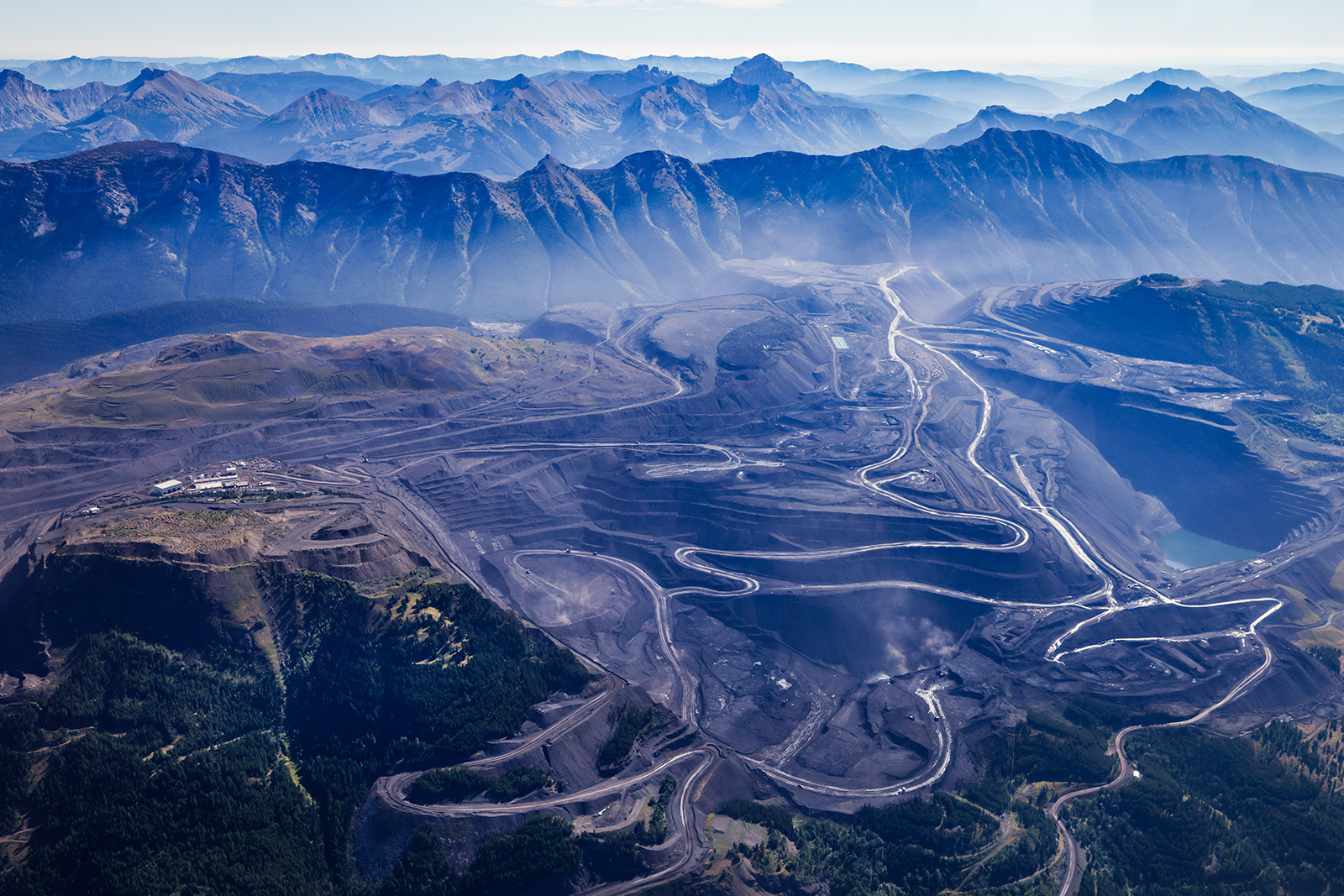
n a recent late-August morning, buzzing above the peak-studded North Fork Flathead River Valley in a single-engine Cessna, the familiar summits of Glacier National Park dominated the view to the east, revealing a sky-high harbor of sapphire-green amphitheaters filigreed with waterfalls and bejeweled with cerulean lakes, representing a sliver of the one-million-acre ecosystem permanently protected from the intrusions of industry.
On board the six-seater plane were Erin Sexton, a senior research scientist with the University of Montana’s Flathead Lake Biological Station, and Richard Janssen, head of the Confederated Salish and Kootenai Tribes’ (CSKT) Natural Resource Department, as well as a trio of journalists and pilot Bruce Gordon, founder of the nonprofit EcoFlight, which for more than three decades has worked to illuminate critical environmental issues on western landscapes.
Cruising amid calm, clear skies, Gordon’s flight plan called for an aerial tour of the North Fork Flathead River Valley girding Glacier Park and spanning the U.S.-Canada border, where mining and energy development has been banned for years, before crossing over into the Elk and Kootenai (spelled Kootenay in Canada) River Basin south of Fernie, British Columbia (B.C.), below which a chain of open-pit coal mines is responsible for leaching harmful pollutants into Montana.
For Sexton, the flight showcasing both the Flathead and Kootenai/Elk basins tells a tale of two rivers, chronicling a disparate story that has been unfolding for four decades, with no end in sight.
Because the Flathead River Basin remains relatively pristine due to its layers of environmental protections and the binational moratorium on mining, Sexton, working as a UM research scientist in the mid-2000s, used it as a baseline for comparative analysis with the adjacent Elk/Kootenai watersheds. At first glance, Sexton said, the transboundary Flathead and Elk/Kootenai basins are strikingly similar — both are important headwaters of the Columbia River system, originating in Canada and flowing south across the border into Montana. Both are home to westslope cutthroat trout and bull trout and support a full suite of North American large carnivores. Both also have headwaters in B.C. that are underlain by globally significant metallurgical coal deposits, and both watersheds have been targeted for large-scale mountaintop removal coal mining.
“But the two watersheds hold very different legacies in terms of conservation and land management,” Sexton said. “The Elk River has been mined for coal for the past century. The Flathead has not.”
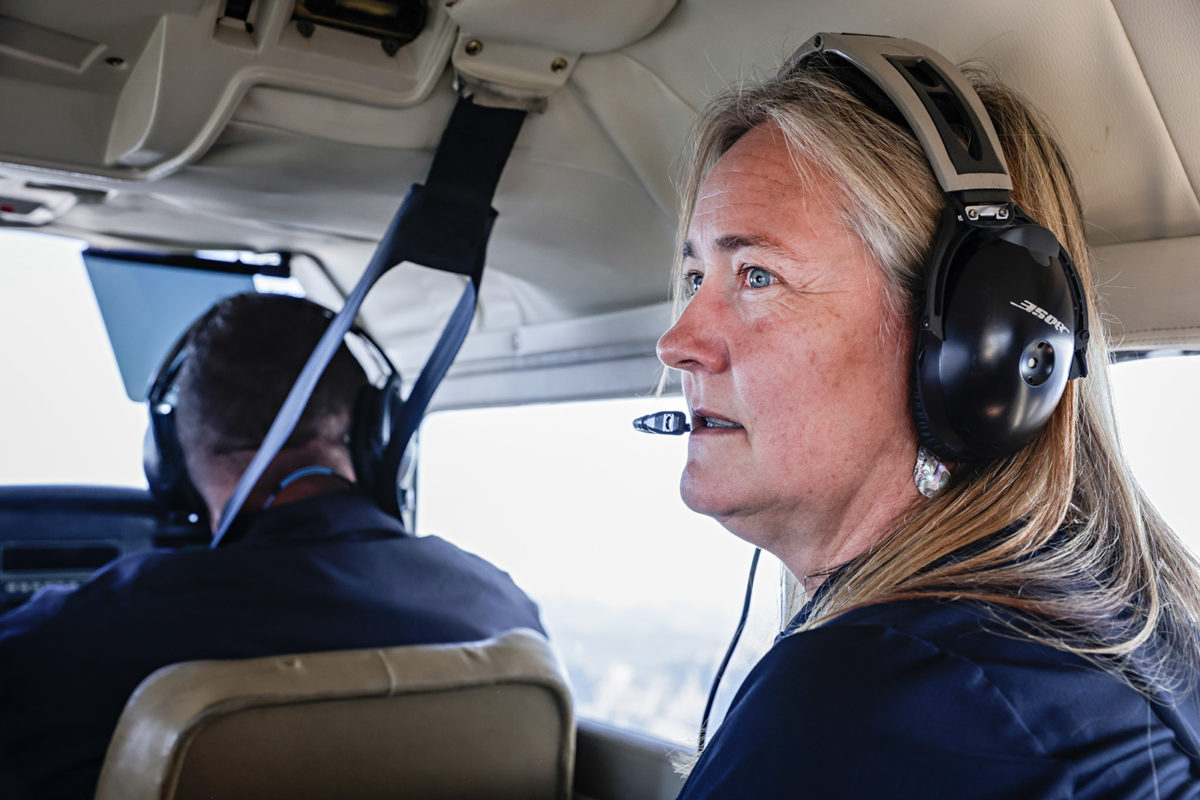
Forming a riverine western border to Glacier National Park, the North Fork is a conservation stronghold in its own right; designated under the Wild and Scenic Rivers System, it extends approximately 153 miles from its headwaters in southern B.C. into Montana, where it empties into Flathead Lake, the largest natural freshwater lake in the western U.S. In 2014, Congress responded to decades of conservation pressure by passing the North Fork Watershed Protection Act, withdrawing 430,000 acres of federal lands from programs to develop its resources. In doing so, it added a further layer of protection to a prized watershed that had for years faced multiple threats from proposed open-pit coal mines, gold mines and oil and gas drilling.
Those threats culminated in the mid-1980s when the federal governments of the U.S. and Canada asked the International Joint Commission (IJC) to investigate the water quality impacts of a proposed coal mine along the North Fork in B.C. Chief among its concerns, the IJC discovered that the bull trout spawning grounds adjacent to the mine site were likely to be impacted. Under the terms of the Boundary Waters Treaty, which requires that the “waters not be polluted to the injury of health or property in the other country, even if the injury does not result from the pollutants crossing the boundary,” the IJC recommended that the mine not be approved until the “risks were acceptable to both countries and it could be demonstrated that the potential impacts on the sport fishery would either not occur or could be fully mitigated,” according to the commission’s 2008 annual report, published on the centennial anniversary of the Boundary Waters Treaty.
“The mine was never built,” the report concludes.
Banking the plane west, Gordon angles away from the pinnacle-studded expanse of B.C.’s share of the North Fork and turns toward the Elk Valley mines, where industrial-grade dynamite has reduced the once-towering mountaintop spires into butte-like plateaus, intricately terraced from the open-pit mining process and obscured by a gauzelike haze of dust.
According to mounting evidence and research spanning decades, the mines have jeopardized the water quality of a prized international watershed forming the Kootenai River and Lake Koocanusa, the reservoir straddling the boundary separating Montana from B.C., in which heightened levels of selenium, cadmium, nitrate and sulphate have drawn global attention.
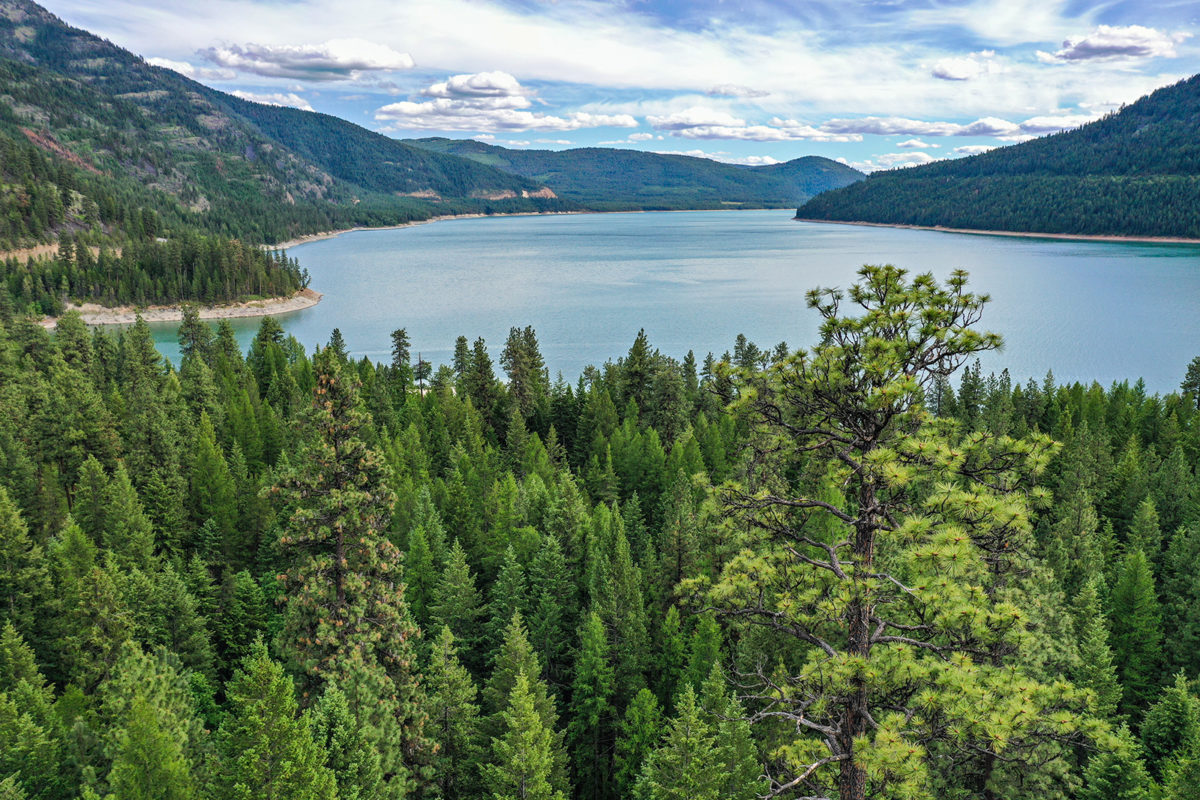
Most recently, the Biden administration joined six tribal governments in Montana and B.C. to prod Canada to agree to help resolve the ongoing contamination of the cross-border watershed. In a June meeting in Bonners Ferry, Idaho, representatives from the Department of State, the U.S. Environmental Protection Agency (EPA) and the U.S. Geological Survey (USGS) met with council members from the six governments of the transboundary Ktunaxa Nation, including the four Ktunaxa First Nation governments of B.C., the Kootenai Tribe of Idaho, and the CSKT. According to statements from the tribal and federal governments, the meeting centered on how to address B.C. mining pollution and mitigate its impacts on downstream resources, including traditional aboriginal territories.
During the meeting, federal officials reaffirmed the Biden administration’s support for a joint reference to the International Joint Commission (IJC) under the Boundary Waters Treaty of 1909 for the Kootenai Basin “regarding the transboundary impacts of mining,” according to the statement.
But according to tribal leaders who attended the meeting, including Janssen, the head of CSKT’s Natural Resources Division, the glaring absence of Canadian regulatory officials during the roundtable talks did not instill confidence.
“Talk is cheap,” Janssen said. “We think that an IJC reference is the only way that we can begin to ensure that our cultural and natural resources are protected in perpetuity, and right now we don’t feel like we’re making any headway at all with Canada. It’s frustrating, but it really seems like they’re just stringing us along.”
Janssen isn’t alone in feeling that Canadian officials are reluctant to engage in the binational negotiations.
In April, Global Affairs Canada (GAC) — the branch of the Canadian federal government that manages diplomatic relations — notified Ktunaxa Nation leaders that it was rejecting an IJC reference proposal that had been taking shape after years of negotiations. GAC officials have since walked back the rejection, characterizing it as a “miscommunication,” according to Ktunaxa leaders and GAC officials. Despite the growing chorus for Canada to request an IJC intervention, GAC still has not indicated whether it will pursue a reference.
“Canada has not rejected the possibility of a reference to the IJC at this time,” according to an emailed statement from James Emmanuel Wanki, a GAC spokesperson, in response to inquiries from the Beacon. “We are committed to continuing to work with Indigenous Nations and the province of British Columbia on a collaborative path forward to address the concerns.”

Still, tribal leaders described the exchange with GAC as “a slap in the face,” particularly as the First Nation governments have been requesting IJC involvement since December 2021.
“The missing piece here is Canada’s seeming refusal to participate in a joint reference submission to get the ball rolling on viable, science-based, solutions,” Nasukin Heidi Gravelle, chief of the Tobacco Plains band of the Ktunaxa Nation, said. “It’s a disappointment, and a sad day for reconciliation, when progress on dealing with the pollution of our waterways is blocked by a Federal government claiming to be ‘committed to reconciliation’.”
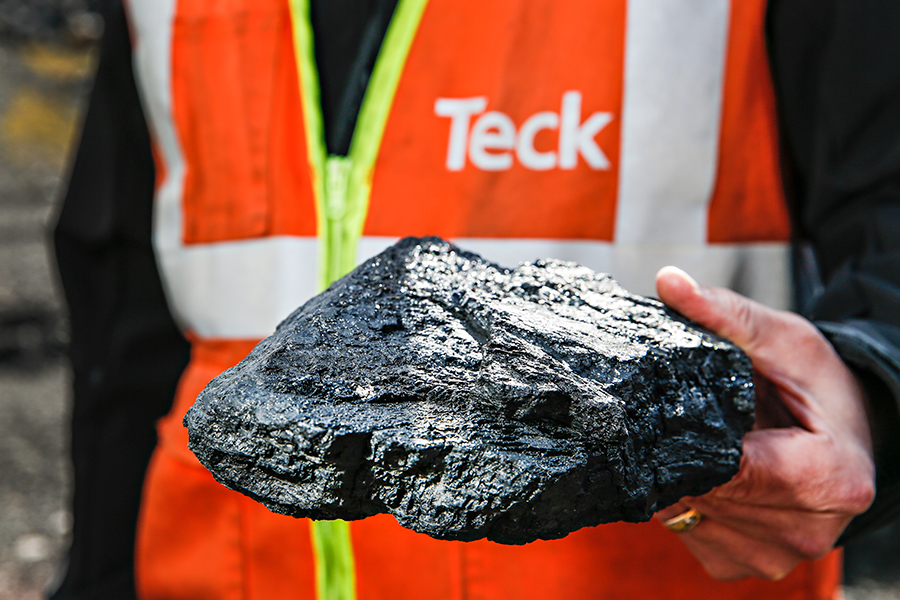
The rising pressure for an IJC reference comes as Canada’s largest diversified mining company, Teck Resources Limited, lays plans to expand its footprint in the Elk River Valley. Dubbed the Fording River Extension Project, it would be part of the existing Fording River Mine complex, which for more than five decades has been strip-mining the mountains of B.C.’s Elk River Valley. The extension project would include the removal of an adjacent mountain-top and is projected to produce an estimated 10 million metric tons of coal per year, extending the mine’s lifespan by several decades, company officials say.
Teck has spent $1.2 billion on water quality treatment technology designed to remove 95% of selenium from treated water entering the plant, and this year alone increased its water-treatment capacity fourfold compared to 2020, predicting an eightfold increase by 2027. According to Teck’s new Elk Valley Water Quality Plan 2022 Implementation Plan Adjustment Overview, these steps bring the company closer to achieving “the important objective of stabilizing and reducing the selenium trend across the Elk Valley, including Koocanusa Reservoir.”
But scientists say there isn’t any evidence to show how much of the runoff water enters the treatment plant or whether the process is reversing or even stabilizing contamination trends at the U.S.-Canada border. Instead, the extent of the contamination appears to be even more widespread, with new data revealing concentrations of selenium in fish tissue that is higher than previously recorded.
Rob Sisson, of Bozeman, was nominated by former President Donald Trump to serve as one of three U.S. officials on the IJC and, in the past year, he has made numerous “fact-finding missions” to the Elk/Kootenai River watersheds. One of those fact-finding missions landed him on a recent EcoFlight tour of the watershed piloted by Gordon and led by Sexton.
“Officially, I’m here to further educate myself on the developments in the Elk and Kootenai River watersheds in anticipation of an IJC reference,” Sisson said after landing back at the Glacier Jet Center in Kalispell.
“Right now, there’s a lot of fear for Canada that a reference on the Elk would mirror what occurred in the Flathead River Basin, which was a ban on coal mining,” Sisson said, referring to the only other IJC reference to occur in B.C., on the Canadian North Fork Flathead River. “But a reference on the Elk would be different. A reference would be an invitation to the world to start working on the selenium issue and bring global leaders in water-quality treatment technology to the table. Nobody’s asking Canada to take coal mining off the table, but we need to get ahead of the legacy impacts of coal mining in this watershed.”
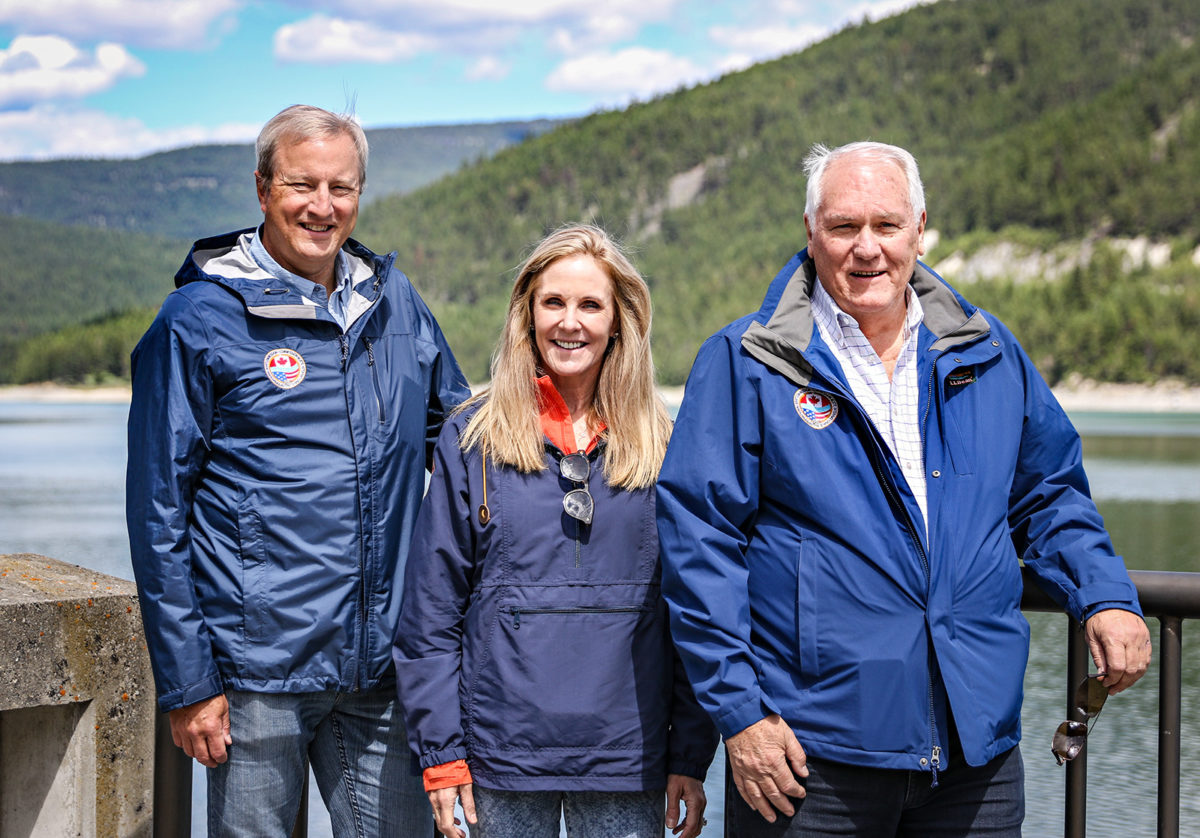
In the U.S., both Montana and Idaho recently took steps to address the selenium problem by adopting their own site-specific water quality standard for selenium at the border, a protective value crafted through years of scientific work to safeguard fish species in Lake Koocanusa and the Kootenai River. The standard for dissolved selenium concentration established by of Idaho and Montana, and approved by the U.S. EPA, is 0.8 micrograms per liter on Lake Koocanusa and 3.1 micrograms per liter on the Kootenai River. Measurements of selenium have reached 9.46 micrograms per liter in the Elk River, 4.99 micrograms per liter in Lake Koocanusa, and 1.4 micrograms per liter in the Kootenai River.
All six members of the IJC are also on the record supporting a reference. In May, they authored an unprecedented letter to Canadian Prime Minister Justin Trudeau and President Joe Biden explaining they are prepared to act on a reference with or without GAC’s consent, even as they expressed a strong desire to have both nations come to the table.
“We understand the United States government is discussing the merits of a unilateral reference to the IJC on this matter. While we would accept and act on such a reference, as prescribed in the [Boundary Waters] Treaty, we believe it is in the best interests of all concerned if a joint reference were made to the IJC,” the letter states. “Throughout its history, the IJC has successfully listened to the concerns of stakeholders, gathered and shared in a transparent manner important scientific data, reliably monitored conditions, and, most importantly, built relationships and trust among the people, communities, and organizations on the ground on both sides of the border.”